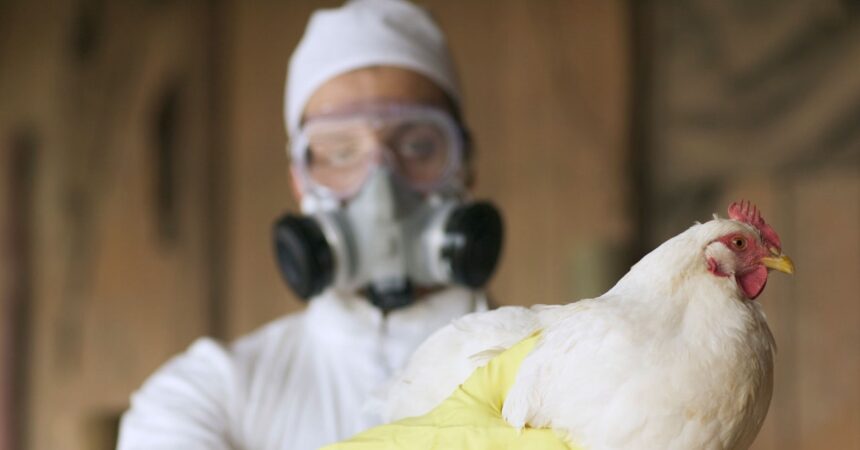Understanding Recent Cases of Bird Flu and their Implications
In recent months, an uptick in severe cases of bird flu, particularly the H5N1 strain, has raised alarms among health professionals. Notable incidents include a patient in Louisiana and a teenage girl in British Columbia, both of whom experienced significant respiratory distress linked to this viral infection. These cases underscore the urgent need for awareness and vigilance regarding avian influenza.
The Louisiana Case: A Concerning Example
In Louisiana, a patient with preexisting health conditions experienced a severe bout of avian influenza, which highlights the potential risks for individuals with comorbidities. The presence of underlying health issues can exacerbate the severity of respiratory infections, making it imperative to monitor such cases closely. According to experts, these preexisting conditions play a significant role in outcomes, particularly in older patients who may have reduced immune response capabilities.
The Canadian Teenager’s Experience
The Canadian case illustrates how bird flu can affect otherwise healthy individuals. A 13-year-old girl in British Columbia initially sought care for mild symptoms but returned days later with respiratory failure. Despite her medical history of mild asthma and an elevated body-mass index, the severe nature of her ailment caught healthcare professionals off guard. This incident serves as a stark reminder that the potential for severe illness from avian influenza is unpredictable; some infections may be mild, while others can escalate rapidly.
Understanding the H5N1 Strain
Both the Louisiana patient and the Canadian teenager were infected with the H5N1 subtype D1.1, a strain commonly found in wild birds and poultry. Experts are investigating whether this specific strain could be more virulent than other variations, such as the B3.13 subtype prevalent in dairy cows. So far, poultry farm workers who tested positive for D1.1 have shown mild symptoms, but the possibility of the virus evolving to become more severe in human hosts cannot be overlooked.
Genetic Mutations and Severity
Recent studies have identified concerning genetic mutations in the H5N1 strain from both patients. In the Louisiana case, the CDC reported that mutations may have enhanced the virus’s ability to infect the upper respiratory tract, a crucial factor for severe illness. Similarly, the Canadian teen’s viral samples displayed mutations that could allow the virus to better attach to and penetrate human cells. These findings raise critical questions about the potential for increased transmissibility and severity of infection among humans.
The Risk of Human Transmission
Historically, bird flu has posed minimal risk of person-to-person transmission. However, with emerging mutations that could facilitate human-to-human transfer, scientists are understandably alarmed. The possibility of heightened transmissibility could transform bird flu from an occupational hazard into a more widespread public health threat.
Protective Measures and Public Health Recommendations
Currently, individuals engaged with poultry, wild birds, or livestock remain at higher risk for contracting bird flu. As a preventive measure, health officials advise against direct interaction with sick or dead birds and to minimize exposure to environments associated with bird populations. Enhanced biosecurity measures in agricultural settings can also help mitigate the risk.
Conclusion
The recent cases of bird flu serve as a crucial reminder of the virus’s unpredictable nature. While the overall risk to the general population remains low, the severity of these cases advocates for continued monitoring and research. Public awareness, rigorous health recommendations, and an understanding of the principles of zoonotic disease transmission will be essential in managing and mitigating the risks associated with avian influenza. As scientists and health officials delve deeper into these cases, the hope is that we can better prepare for future outbreaks and protect public health.










